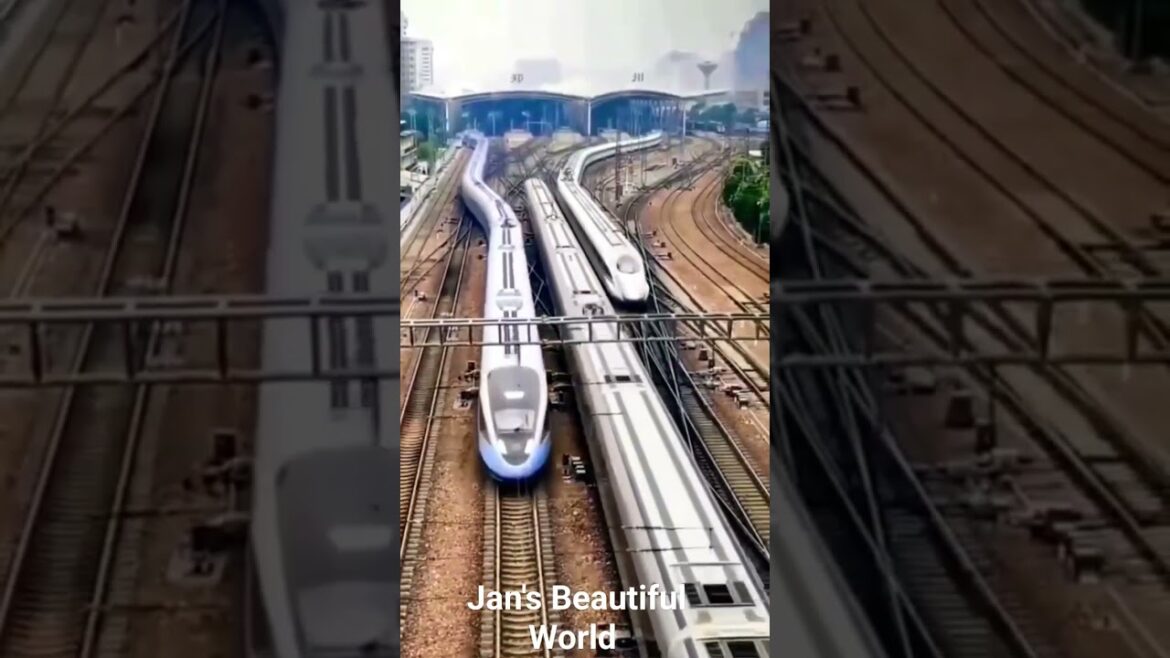The Japan Railways Group, more commonly known as the JR Group (JRグループ, Jeiāru Gurūpu) or simply JR, consists of seven for-profit stock companies that took over most of the assets and operations of the government-owned Japanese National Railways (JNR) on April 1, 1987. Most of the liability of the JNR was assumed by the JNR Settlement Corporation
The JR Group lies at the heart of Japan’s railway network, operating a large proportion of intercity rail service (including the Shinkansen high-speed rail lines) and commuter rail service.
JR Hokkaido, JR Shikoku, and JR Freight (JRF) are governed by the Act for the Passenger Railway Companies and Japan Freight Railway Company [ja][1], also known as the JR Companies Act, and are under the control of the public Japan Railway Construction, Transport and Technology Agency (JRTT), while JR East, JR Central, JR West, and JR Kyushu are completely floated in the stock market; in addition, JR East, JR Central and JR West are constituents of the Nikkei 225 and TOPIX 100 indices. Because the railways used to be owned by the government, Japanese people generally make a distinction between JR railways (including former JR lines that are now third sector) and other private railways, and JR railways are almost always denoted differently from other private railways when shown on maps.
The Japan Railways Group consists of seven operating companies and two other companies that do not provide rail service. The operating companies are organized into six passenger operators and a nationwide freight operator. Unlike some other groups of companies, the JR Group is made up of independent companies, and it does not have group headquarters or a holding company to set the overall business policy.
The six passenger railways of the JR Group are separated by region. Nearly all their services are within the prescribed geographic area. However, some long-distance operations extend beyond the boundaries. The Shirasagi train service between Nagoya and Kanazawa, for instance, uses JR West rolling stock but the segment of track between Nagoya and Maibara is owned by JR Central, whose crew manage the train on that section.
Japan Freight Railway Company operates all freight service on the network previously owned by JNR.
In addition, the group includes two non-operating companies. These are the Railway Technical Research Institute and Railway Information Systems Co., Ltd.
To cover various non-railway business areas, each regional operator in the JR Group has its own group of subsidiary companies with names like “JR East Group” and “JR Shikoku Group.”
JR maintains a nationwide railway network as well as common ticketing rules that it inherited from JNR. Passengers may travel across several JR companies without changing trains and without purchasing separate tickets. However, trains running across the boundaries of JR companies have been reduced.
JR maintains the same ticketing rules based on the JNR rules and has an integrated reservation system known as MARS (jointly developed with Hitachi). Some types of tickets (passes), such as Japan Rail Pass and Seishun 18 Ticket, are issued as “valid for all JR lines” and accepted by all passenger JR companies.
In 1987, the government of Japan took steps to divide and privatize JNR. While division of operations began in April of that year, privatization was not immediate: initially, the government retained ownership of the companies. Privatization of some of the companies began in the early 1990s. By October 2016, all of the shares of JR East, JR Central, JR West and JR Kyushu had been offered to the market and they are now publicly traded. On the other hand, all of the shares of JR Hokkaido, JR Shikoku and JR Freight are still owned by Japan Railway Construction, Transport and Technology Agency, an independent administrative institution of the state.
All the JR Group companies operating in the Honshū region are constituents of the Nikkei 225 and TOPIX 100 indexes.


1 Comment
Gajab👌👌👌